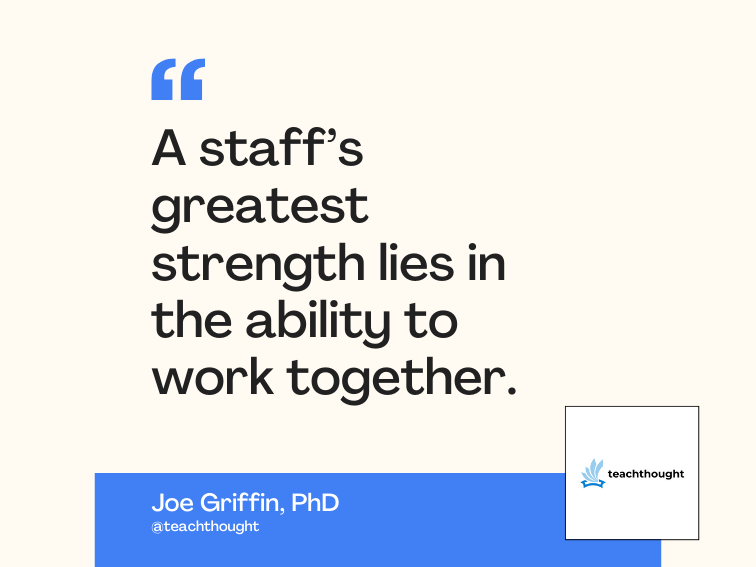Check, please
Although they’re taking different routes, companies want to get us to the same place: Web services on demand
WEB SERVICES ARE here. As I write this, Microsoft is streaming a security update to my laptop. I didn’t request it, although I certainly have heard about the problem with XP that initiated this transaction. Instead, an alert popped up on the lower right of my screen asking whether I wanted to install the update.
This may not be full-blown HailStorm or .Net My Services — in that scenario the alert would have examined my profile and determined either that I want to explore a new update or that I only want to explore security ones or something in between. But today I click on the Details link and then the Install button. Unfortunately, I have to reboot for the update to take effect, so I’ll risk a buffer overrun for the time being.
Microsoft is counting on a couch-potato approach to migrating the enterprise to Web services. It’s easier to stay on the same channel than to get up and find the remote control. Visual Studio .Net ships next month, but the beta version has been stable and productive for months now.
Microsoft has used the transition to Visual Studio .Net as cover for minimizing the resulting changing costs to C#, evangelizing XML Web services, and tying together pervasive technologies including 802.11, HailStorm event and instant messaging, and digital video services across Windows XP and Pocket PC devices.
The jury is out as to how successfully this is playing at the enterprise level. One study shows Microsoft grabbing an early lead in Web services mind share with its tools advantage, whereas another counters that the J2EE (Java 2 Enterprise Edition) camp has gained ground and even overtaken .Net by touting Java’s perceived lead in scalability, security, and, get this, XML, SOAP (Simple Object Access Protocol), and UDDI (Universal Description, Discovery, and Integration) integration. I guess it depends on who you ask, or who funded which study. The one sure thing is that the Web services network effect is floating both boats.
As we enter the “show me” phase, companies such as youknowbest.com and Fidesic on the .Net side and Talaris and Tilion on the Java side are midwifing Web services into the enterprise. Not surprisingly, the Microsoft partners are leveraging the HailStorm services, and the Java players are rolling their own. The unifying theme is an evolution of the ASP role, a more granular information broker that capitalizes on SOAP’s transparency across enterprise domains and XML’s transformative abilities to serve pervasive clients.
youknowbest’s universal shopping list aggregates a customer’s existing and potential purchases with on-demand, current prices. You can set up an alert mechanism (read HailStorm) to navigate to a site when a price goes below a threshold.
“We also have products that we can sell to manufacturers that will allow them to drive their products directly through to consumers,” says youknowbest CTO Dave Crossmier. “A lot of these manufacturers aren’t really quite sure what the availability and what the prices are at all the end points of their product distribution channels.”
Fidesic is all .Net all the time. “We’ve bet the farm on .Net,” says CEO Naseem Tuffaha. “Our infrastructure is all based on Windows 2000, .Net enterprise servers, XML, and SOAP.” Fidesic automates invoice workflow for the small and midsize business market, and Tuffaha was formerly Microsoft’s director of Web services evangelism.
Tuffaha is relying on bootstrapping HailStorm’s notifications infrastructure rather than building it himself, and he doesn’t seem worried about getting Borged by his alma mater. “They’re not doing anything that competes with us, and the relationship has been quite a positive one,” he says.
That’s probably because he’s using only .Net technologies. Adam Bosworth and Tod Neilsen were shut down hard at CrossGain when they refused to rule out using both J2EE and .Net. We should begin to learn what BEA is doing when Bosworth gives his keynote this week at the InfoWorld Next-Generation Web Services Conference, but the skeleton of the architecture is already being fleshed out by several startups.
Talaris is essentially replicating the HailStorm stack in Java to intermediate between a user and his or her business and personal travel, entertainment, and scheduling transactions. An orchestration layer brokers, manages, and coordinates requests, fulfillment, and interdependencies between service provider, communications, and user application layers.
In other words, it’s a road map for a J2EE reference implementation of the HailStorm stack, with Talaris sitting in the middle providing services for users, an audience for bricks-and-clicks retailers, and Web service integration points for the supply chain.
Tilion concentrates on the supply chain, refocusing CEO Chris Stone’s directory and distributed object technology chops from his time at Novell and with the Object Management Group. The result of his new effort: an XML distributed database. It’s supply chain pay-per-view, where you pay a subscription fee for access into and out of a JavaBeans-populated directory: “We then go to your suppliers, we go to your internal groups, and we do the dirty work,” Stone says. “You give us a check, and you’re out of it.”
Where Web services really take off is in the middle, when enough bets are made on SOAP-enabled end points to reach the critical mass of the aforementioned network effect. It’s a new post-venture capital self-financing model that aggregates developer and consumer communities that can grow large enough to take advantage of economies of scale and reuse of component resources. And it’s about time.




